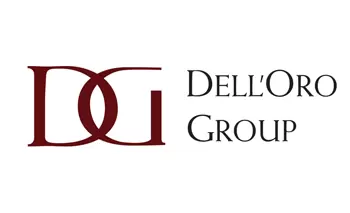NTT and KDDI agreed to collaborate on high-capacity optical network research and standardization in the spirit of open innovation.
NTT and KDDI will promote standardization activities to achieve an all-photonics network, its expansion, and the interoperability among carriers for interconnection based on their experience in the research, development and the actual implementation of optical networks all over the world.
The vision is an All-Photonics Network featuring low power consumption and low latency by transparently transmitting optical wavelength signals without electrical processing. Compared to traditional optical networks, the number of optical wavelength signals should be carefully assigned to multiple services following the design rule of an All-Photonics Network, and their transmission characteristics should be well maintained with a certain quality level by minimizing degradation due to optical fibers' nonlinearity and optical amplifiers noise.
In the era of Beyond 5G/6G, there will also be other mechanisms in mobile network infrastructure that effectively accommodate a greater number of base stations and provide customers with a new service experience. While standardizing technologies to apply an All-Photonics Network to mobile networks, NTT and KDDI will contribute to enhancing mobile network and their services, connecting edge and cloud data centers or inter-core networks with an All-Photonics Network.
NTT and KDDI will utilize the Innovative Optical and Wireless Network (IOWN) Global Forum1 as one of the places to promote open innovation and utilize the outcome for the global standardization of all-photonics networks at ITU-T (International Telecommunication Union-Telecommunication Standardization Sector) and other standardization organizations.
https://group.ntt/en/newsrelease/2023/03/17/230317a.html















